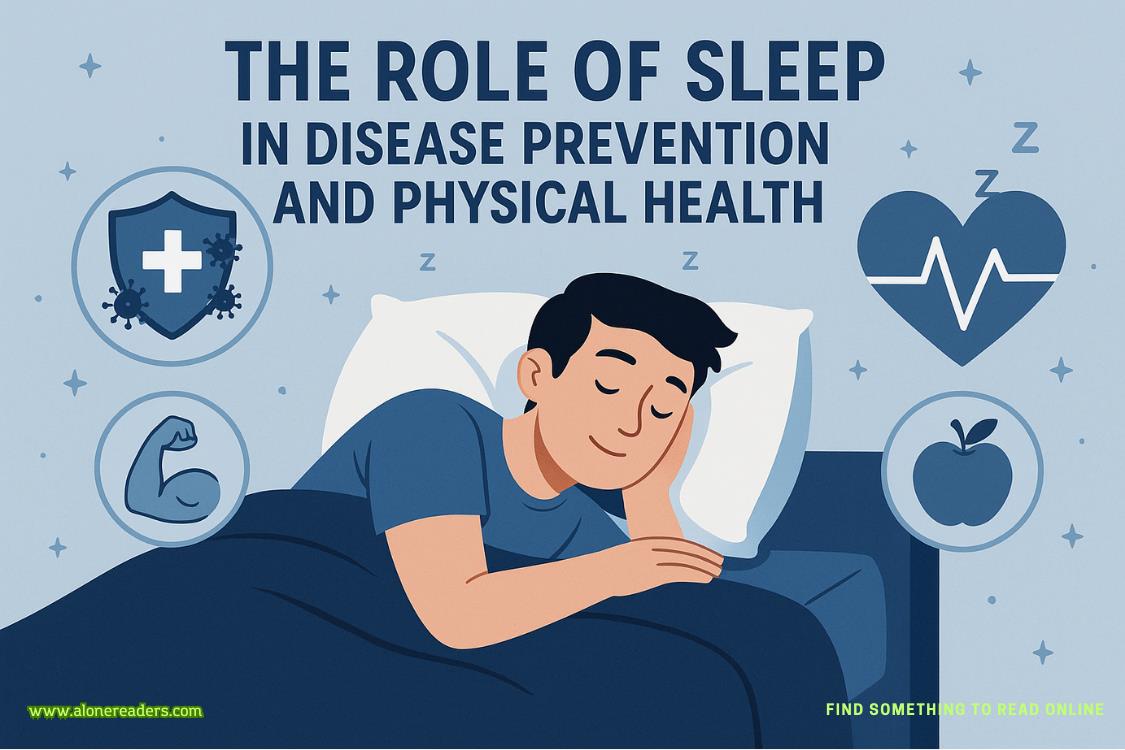“Dr. Kramer.”
Since Ethan didn’t advance any farther into the room, she moved past him and stepped over a box of framed university degrees to address his supervisor. “As requested, we’ve submitted an early version of our weekly update on the Department of Energy’s quantum gravity project. However, if this isn’t a good time to review it—”
“I have several questions about your report, Meyer.” Kramer clicked two fingers at the mover by his bookcases when the man lifted a mounted toroid from a shelf dedicated to prizes and sculptures. “Careful with that. It’s an Eliasson.”
A facsimile of a three million dollar check for the Breakthrough Prize—awarded twelve years previously toDr. John R. Kramer of Fermilab (Quantum Group) for Outstanding Contributions to the Field of Physics—was among the honors ready to be sorted on his desk. No wonder he’d been able to afford an Eames chair.
“Yes.” Still Ethan didn’t move.
“Are you continuing to design the experimental hutch layout? I see a diagram, but no resultant data.” Though Kramer tabbed back into their report, he watched the mover wrap up his Breakthrough Prize and a nearby golf trophy in packing foam.
“Um. We met with the engineers to discuss storage space for the liquid helium, a placement of the electromagnet, sight lines for the laser window, and how to configure cables around the existing hutch machinery so that the vacuum chamber isn’t contaminated and there’s no interference with the angles of the lasers or with MEC’s existing e-enclosure—” His voice cracked. The blueprints tucked under his arm crinkled.
“We have an experimental layout designed, yes.” Erin willed Ethan to breathe.
They didn’t have the engineers’ signoff on their hutch specifications yet, but—we have enough.
She reminded him, “We also have extant reference data on gravitational waves that could prove pertinent for the project. As Dr. Meyer notes in our update, a recent LIGO readout provides preliminary evidence that the interferometer is detecting naturally occurring Hawking radiation. This might be—”
“Might be.”
“It’s a single data point, so yes. While I have ideas about what a reliable detection of thermal radiation from black holes could tell us about the behavior of mass and matter around event horizons—a central question in quantum gravity research, as you know—we haven’t yet replicated—”
“Monaghan hasideas. Meyer, what is your output?”
“An—an analysis on optimal optical materials for the holometer’s mirrors suggests that organic synthetic polymers are best suited for experiments involving the ambient temperature extremes that generate from liquid helium-cooled atoms and focused laser heat—”
“Your contribution to the project is proposing new practical applications of my earlier materials theory?”
“Um,” again. Ethan stepped aside for the couch movers returning for Kramer’s bookcases. His hands were still fisted, his knuckles and raised tendons white. “That’s what I always…”
“It was Dr. Meyer who identified the Hawking radiation signals in my data.” Erin tapped Kramer’s desk to draw his focus. “I didn’t observe them. The gravitational waves were so much weaker than those I usually look for in LIGO’s interference fringes that my Fourier transform didn’t catch them. But Dr. Meyer’s attention to detail—”
“Double-wrap that photograph from the Shoreline Golf Links tournament. It’s signed by the president of the Bay Area Golf Association. Well, Meyer?”
“I confirmed the thermal radiation with a multi-messenger astronomy review from Kitt Peak—”
“I have no interest in Monaghan’s public data pool. Neither should you. What is your output?”
“I…” Another pause, long enough for the movers to shuffle one of the bookcases out the door. Then Ethan’s head gave a small shake.
Nothing else.
As his tight silence lengthened, Erin’s neck bristled. Award after award and framed abstract after abstract on time crystals, avian migration, quantum circuits, and quantum units went into Kramer’s archival boxes, evidence of past genius—but the only brilliance that he demonstrated today was his identification of failures in process and progress, of supposed problems with other researchers’ scientific inquiries. Hewasa genius at that. But he made no suggestions for resolving the issues he raised. So:
“What guidance would you offer to Dr. Meyer for his work on our project, Dr. Kramer?”
Kramer almost looked at her. “Monaghan poses a valid question. What contributions can you offer, Meyer? I’ll be unavailable to supervise your work as closely while I’m at CERN. Will I be satisfied with your results? I expect you to provide value.”
That hadn’t been her question.
At all.
And Ethan remained at the door. He made no rebuttal, no defense of his project inputs. He’d been vocal enough in their data, materials, and process debates, competitive, collaborative, and often right, but here he was, standing quietly at the back of the room behind a barricade of boxes, taking Kramer’s unrealistic expectations as fact and his supervisor’s abuse as justified discipline, when sheknewthat his work was good.
When she knew thattheirwork was good.
Preliminary, but good.















